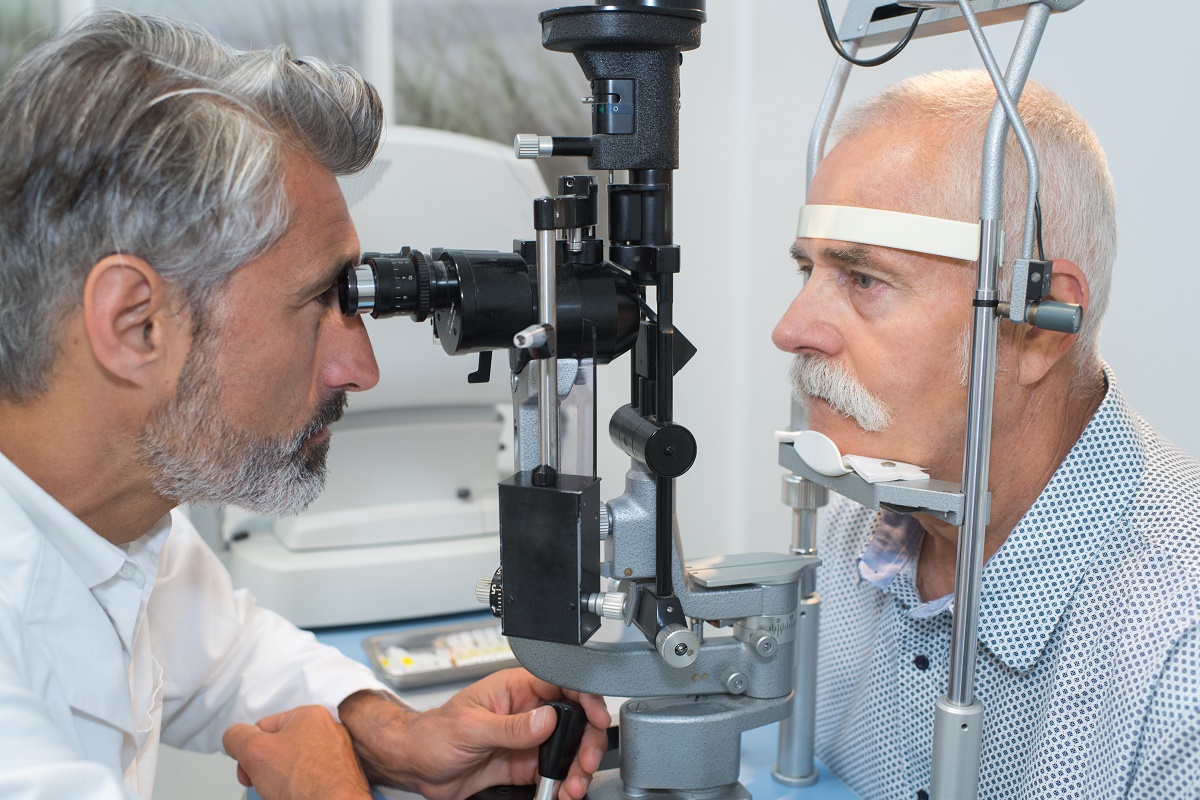Glaucoma is one of the most common eye diseases affecting older adults. Unfortunately it is also one of the trickiest to detect; many people do not catch it until it is too late. If you have glaucoma, you may not realize it until: a) a doctor brings it to your attention during an eye exam; or b) you have significant vision loss, but cannot get it back.
Take a moment to learn from the eye doctors at Laser Eye Center of Miami why the signs and symptoms of glaucoma are sometimes missed.
Symptoms Are Often Easy to Miss
Many people with glaucoma do not realize they have a problem because there are no warning signs in the early stages.
This is particularly true for cases of open-angle glaucoma, the most common type of glaucoma. With open-angle glaucoma, the drainage angle — the junction between the iris and cornea where fluid exits the eye — remains open but fluid does not flow out of the drainage channels at its normal rate. As fluid gradually builds up, intraocular pressure increases. But since this process happens slowly, people usually do not experience a noticeable decline in vision. This is how glaucoma earned the nickname “The Silent Thief of Sight.”
Eventually when high levels of intraocular pressure have damaged the optic nerve, blind spots can appear in peripheral vision, while central vision remains clear. But at this point, it is usually too late to restore that vision.
Sometimes Symptoms Are Impossible to Ignore
Although the visual decline associated with open-angle glaucoma is often easy to miss, for people with another type of glaucoma, it is virtually impossible to ignore the signs that something is amiss.
In angle-closure glaucoma, the drainage angle suddenly becomes blocked. Since the fluid has nowhere to go, the pressure inside the eye spikes very quickly and puts the optic nerve at grave risk of irreversible damage. Angle-closure glaucoma is considered a medical emergency, and without treatment, permanent vision loss or blindness can occur within a few days.
Individuals who develop angle-closure glaucoma typically experience symptoms such as severe eye pain, red eyes, nausea, vomiting, blurry vision and halos around lights. Anyone experiencing these symptoms is urged to go to the emergency room or contact an eye doctor as quickly as possible.
Contact Laser Eye Center of Miami
Have you noticed changes in your vision that you would like to discuss with an eye doctor? Laser Eye Center of Miami is here to help. Contact us today to request an appointment.







